Many theories attempt to explain human behavior, health, and mental illness. Each theory suggests how normal development occurs based on the theorist’s beliefs. assumptions, and view of the world.
Psychosocial theories are foundational frameworks that illuminate the intricate interplay between an individual’s psychological processes and their social environment. These theories explore how thoughts, emotions, behaviors, and identity development are shaped by the dynamic relationship between internal cognitive factors and external social influences.
What are Psychosocial Theories?
Psychosocial theories are theoretical frameworks that seek to explain human behavior, development, and psychological well-being by considering the interaction between psychological and social factors.
- These theories suggest strategies that the clinician can use to work with clients.
- Psychosocial theories offer insights into how various internal and external factors shape an individual’s thoughts, emotions, and behaviors across different life stages.
Types of Psychosocial Theories
The types of psychosocial theories include the following:
- Psychoanalytic. Psychoanalytic theory supports the notion that all human behavior is caused and can be explained (deterministic theory).
- Developmental. In each stage, the person must complete a life task that is essential to his or her well-being and mental health.
- Interpersonal. One’s personality involves more than individual characteristics, particularly how one interacts with others.
- Humanistic. Humanism represents a significant shift away from the psychoanalytic view of the individual as a neurotic, impulse-driven person with repressed psychic problems and away from the focus on and examination of the client’s past experiences.
- Behavioral. Behaviorism is a school of psychology that focuses on observable behaviors and what one can do externally to bring about behavior changes
- Existential. Existential theorists believe that behavioral deviations result when the person is out of touch with himself or herself or the environment.
Psychoanalytic Theories
Psychoanalytic theory supports the notion that all human behavior is caused and can be explained (deterministic theory).
Sigmund Freud: The Father of Psychoanalysis
Sigmund Freud (1856-1939) developed psychoanalytic theory in the late 19th and early 20th centuries in Vienna, where he spent most of his life.
- Freud believed that repressed (driven from conscious awareness) sexual impulses and desires motivate much human behavior.
- Personality components: id, ego,and superego. Freud conceptualized personality structure as having three components: id, ego, and superego.
- The id is the part of one’s nature that reflects basic or innate desires such as pleasure seeking behavior, aggression, and sexual impulses.
- The superego is the part of a person’s nature that reflects moral and ethical concepts, values, and parental and social expectations, therefore it is in direct opposition to the id.
- The third component, the ego, is the balancing or mediating force between the id and the superego.
- Behavior motivated by subconscious thoughts and feelings. Freud believed that the human personality functions at three levels of awareness: conscious, preconscious, and subconscious.
- Conscious refers to the perceptions, thoughts, and emotions that exists in a person’s awareness, such as being aware of happy feelings or thinking about a loved one.
- Preconscious thoughts and emotions are not currently in the person’s awareness, but he or she can recall them with some effort.
- The unconscious is the realm of thoughts and feelings that motivate a person even though he or she is totally unaware of them.
| Phase | Age | Focus |
|---|---|---|
| Oral | Birth to 18 months | Major site of tension and gratification is the mouth, lips, and tongue; includes biting and sucking activities.
Id present at birth. Ego develops gradually from rudimentary structure present at birth. |
| Anal | 18 to 36 months | Anus and surrounding area are major source of interest.
Acquisition of voluntary sphincter control (toilet training). |
| Phallic/oedipal | 3 to 5 years | Genital focus of interest, stimulation, and excitement.
Penis is organ of interest for both sexes. Masturbation is common. Penis envy (wish to possess penis) seen in girls; oedipal complex (wish to marry opposite-sex parent and be rid of same-sex parent) seen in boys and girls. |
| Latency | 5-11 or 13 years | Resolution of oedipal complex.
Sexual drive channeled into socially appropriate activities such as schoolwork and sports. Formation of the superego. Final stage of psychosexual development. |
| Genital | 11-13 years | Begins with puberty and the biologic capacity for orgasm; involves the capacity for true intimacy. |
Developmental Theories
In each stage, the person must complete a life task that is essential to his or her well-being and mental health.
Erik Erikson and Psychosocial Stages of Development
- Erik Erikson was a German-born psychoanalyst who extended Freud’s work on personality development across the lifespan while focusing on social and psychological development in the life stages.
- In his view, psychosocial growth occurs in sequential phases, and each stage is dependent on the completion of the previous stage and life task.
| Stage | Period | Erikson’s Conflict | Virtue | Maldevelopment | Freudian Stage | Example |
|---|---|---|---|---|---|---|
| 1 | Infancy (0-1 year) | Trust vs. Mistrust | Hope | Withdrawal | Oral Stage | Secure environment provided by the caregiver, with regular access to affection and food |
| 2 | Early Childhood (1-3 years) | Autonomy vs. Shame, Doubt | Will | Compulsion | Anal Stage | Caregiver promotes self-sufficiency while maintaining a secure environment |
| 3 | Play Age (3-6 years) | Initiative vs. Guilt | Purpose | Inhibition | Genital Stage | Caregiver encourages, supports, and guides the child’s own initiatives and interests |
| 4 | School Age (7-11 years) | Industry vs. Inferiority | Competence | Inertia (passivity) | Latency Stage | Reasonable expectations set in school and at home, with praise for accomplishments |
| 5 | Adolescence (12-18 years) | Identity vs. Identity Confusion | Fidelity | Repudiation | N/A | Individual weighs out their previous experiences, societal expectations, and aspirations in establishing values and ‘finding themselves’ |
| 6 | Young Adulthood (12-29 years) | Intimacy vs. Isolation | Love | Distantiation | N/A | Individual forms close friendships or long-term partnership |
| 7 | Adulthood (30-64 years) | Generativity vs. Stagnation/Self-absorption | Care | Rejectivity | N/A | Engagement with the next generation through parenting, coaching, or teaching |
| 8 | Old Age (65 onwards) | Integrity vs. Despair | Wisdom | Disdain | N/A | Contemplation and acknowledgment of personal life accomplishments |
Jean Piaget and Cognitive Stages of Development
- Jean Piaget explored how intelligence and cognitive functioning develop in children.
- He believed that human intelligence progresses through a series of stages based on age, with the child at each successive stage demonstrating a higher level of functioning than at previous stages.
| Stage | Age | Focus |
|---|---|---|
| Sensorimotor | Birth to 2 years | The child develops a sense of self as separate from the environment and the concept of object permanence; that is, tangible objects do not cease to exist just because they are out of sight. The child begins to form mental images. |
| Preoperational | 2 to 6 years | The child develops the ability to express self with language, understands the meaning of symbolic gestures, and begins to classify objects. |
| Concrete operations | 6 to 12 years | The child begins to apply logic to thinking, understands spatiality and reversibility, and is increasingly social and able to apply rules; however, thinking is still concrete. |
| Formal operations | 12 to 15 years and beyond | The child learns to think and reason in abstract terms, further develops logical thinking and reasoning, and achieves cognitive maturity. |
Interpersonal Theories
One’s personality involves more than individual characteristics, particularly how one interacts with others.
Harry Stack Sullivan: Interpersonal Relationships and Milieu Therapy
- Harry Stack Sullivan was an American psychiatrist who extended the theory of personality development to include the significance of interpersonal relationships.
- Sullivan established five life stages of development- infancy, childhood, juvenile, preadolescence, and adolescence, each focusing on various interpersonal relationships.
| Stage | Ages | Focus |
|---|---|---|
| Infancy | Parents are viewed as source of praise and acceptance.
Shift to parataxic mode (experiences are connected in sequence to each other). Primary zone is anal. Gratification leads to positive self-esteem. Moderate anxiety leads to uncertainty and insecurity; severe anxiety results in self defeating patterns of behavior. | Birth to the onset of language |
| Childhood | Language to 5 years | Parents are viewed as source of praise and acceptance.
Shift to parataxic mode (experiences are connected in sequence to each other). Primary zone is anal. Gratification leads to positive self-esteem. Moderate anxiety leads to uncertainty and insecurity; severe anxiety results in self-defeating patterns of behavior. |
| Juvenile | 5-8 years | Shift to the syntaxic mode begins (thinking about self and others based on analysis of experiences in a variety of situations).
Opportunities for approval and acceptance of others. Learn to negotiate own needs. Severe anxiety may result in a need to control or in restrictive, prejudicial attitudes. |
| Preadolescence | 8-12 years | Move to genuine intimacy with friend of the same sex.
Move away from family as source of satisfaction in relationships. Major shift to syntaxic mode. Capacity for attachment, love, and collaboration emerges and fails to develop. |
| Adolescence | Puberty to adulthood | Lust is added to interpersonal equation.
Need for special sharing relationship shifts to the opposite sex. New opportunities for social experimentation lead to the consolidation of self-esteem or self ridicule. If the self-system is intact, areas of concern expand to include values, ideals, career decisions, and social concerns. |
Humanistic Theories
- Humanism represents a significant shift away from the psychoanalytic view of the individual as a neurotic, impulse-driven person with repressed psychic problems and away from the focus on and examination of the client’s past experiences.
Abraham Maslow: Hierarchy of Needs
- Abraham Maslow was an American psychologist who studied the needs or motivations of the individual.
- Maslow (1954) formulated the hierarchy of needs, in which he used a pyramid to arrange and illustrate the basic drives or needs that motivate people.
- The most basic needs- the physiologic needs of food, water, sleep, shelter, sexual expression, and freedom from pain– must be met first.
- The second level involves safety and security needs, which include protection, security, and freedom from harm or threatened deprivation.
- The third level is love and belonging needs, which includes enduring intimacy, friendship, and acceptance.
- The fourth level involves esteem needs, which include the need for self-respect and esteem from others.
- The highest level is self-actualization, the need for beauty, truth, and justice.
Carl Rogers: Client-Centered Therapy
- Carl Rogers was a humanistic American psychologist who focused on the therapeutic relationship and developed a new method of client-centered therapy.
- Client-centered therapy focuses on the role of the client, rather than the therapist, as the key to the healing process.
- The therapist must promote the client’s self-esteem as much as possible through three central concepts.
- Unconditional positive regard– a nonjudgmental caring for the client that is not dependent on the client’s behavior.
- Genuineness– realness or congruence between what the therapist feels and what he or she says to the client.
- Empathetic understanding– in which the therapist senses the feelings and personal meaning from the client and communicates this understanding to the client.
Behavioral Theories
- Behaviorism is a school of psychology that focuses on observable behaviors and what one can do externally to bring about behavior changes
Ivan Pavlov: Classical Conditioning
- Laboratory experiments with dogs provided the basis for the development of Ivan Pavlov’s theory of classical conditioning:Behavior can be changed through conditioning with external or environmental conditions or stimuli.
B.F. Skinner: Operant Conditioning
- One of the most influential behaviorists was B. F. Skinner, an American psychologist.
- He developed the theory of operant conditioning which says people learn their behavior from their history or past experiences, particularly those experiences that were repeatedly reinforced.
Existential Theories
Existential theorists believe that behavioral deviations result when the person is out of touch with himself or herself or the environment.
Cognitive Therapy
- Many existential therapists use cognitive therapy, which focuses on immediate, thought processing- how a person perceives or interprets his or her experience and determines how he or she feels and behaves.
- Aaron Beck is credited with pioneering cognitive therapy in persons with depression.
Rational Emotive Therapy
- Albert Ellis, founder of rational emotive therapy, identified 11 “irrational beliefs” that people use to make themselves happy.
- A cognitive therapy using confrontation of ” irrational beliefs” that prevent the individual from accepting responsibility for self and behavior.
Logotherapy
- Viktor Frankl based his beliefs on his observations of people in Nazi concentration camps during World War II.
- A therapy designed to help individuals assume personal responsibility.
- The search for meaning (logos) in life is a central theme.
Gestalt Therapy
- Gestalt therapy, founded by Frederick “Fritz” Perls, emphasizes the person’s feelings and thoughts in the here and now.
- A therapy focusing on the identification of feelings in the here and now, which leads to self-acceptance.
Reality Therapy
- William Glasser devised an approach called reality therapy that focuses on the person’s behavior and how that behavior keeps him or her from achieving life goals.
- Therapeutic focus is need for identity through responsible behavior individuals are challenged to examine ways in which their behavior thwarts their attempts to achieve life goals.
References
Sources and references for this study guide for therapeutic communication, including interesting studies for your further reading:
- American Psychiatric Association. (2013). Diagnostic and statistical manual of mental disorders (DSM-5®). American Psychiatric Pub. [Link]
- Black, J. M., & Hawks, J. H. (2005). Medical-surgical nursing. Elsevier Saunders,. [Link]
- Videbeck, S. L. (2010). Psychiatric-mental health nursing. Lippincott Williams & Wilkins. [Link]
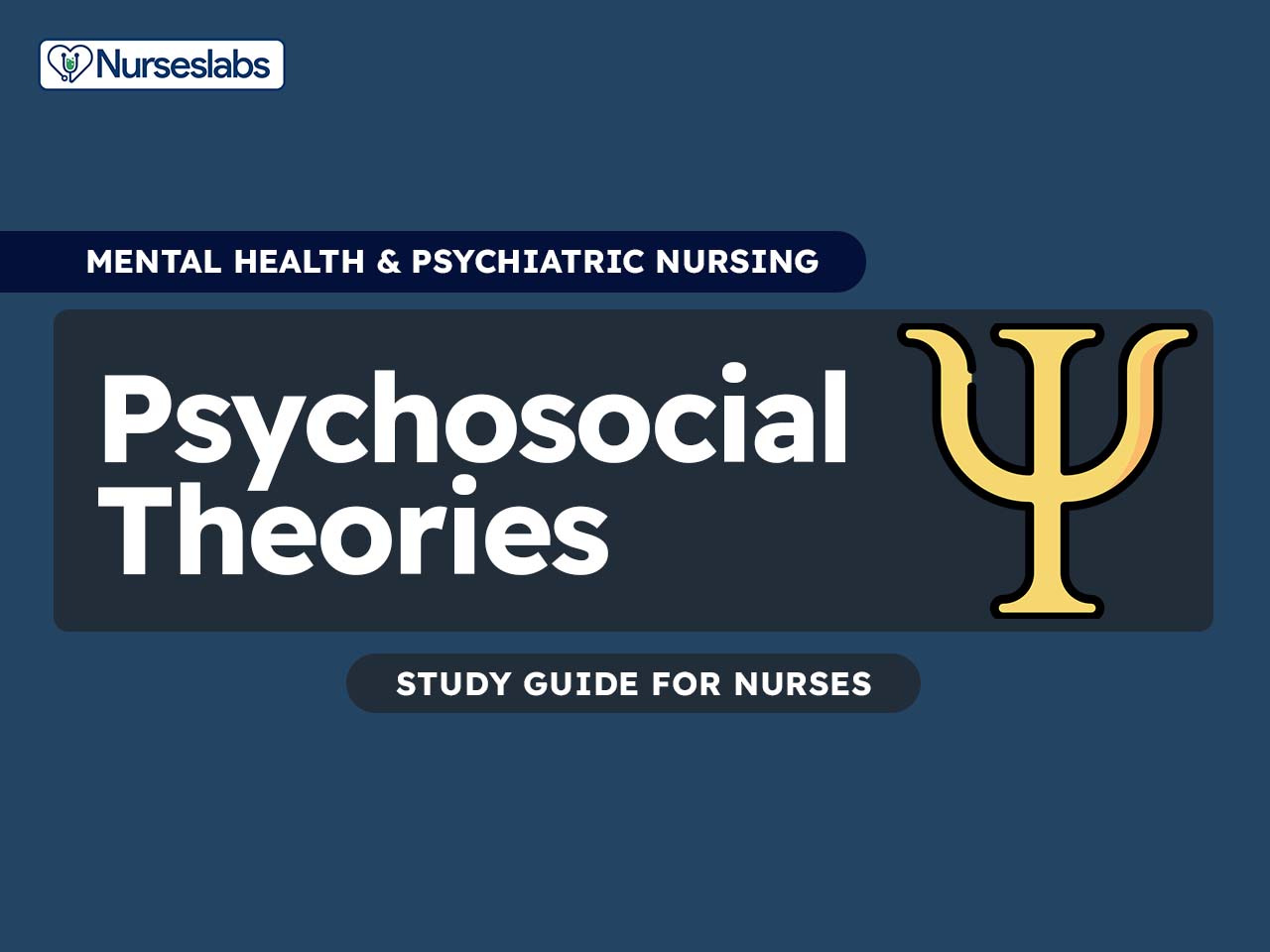




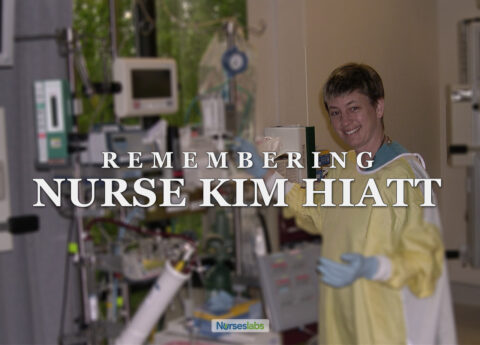
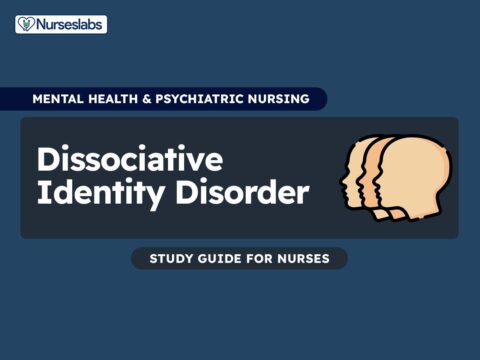
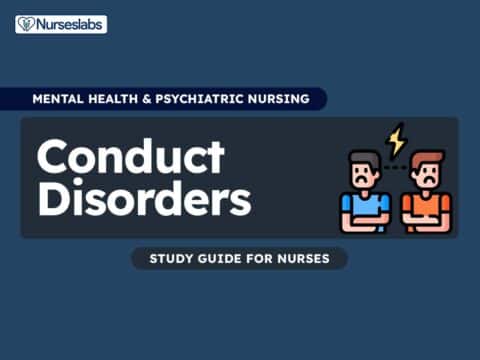

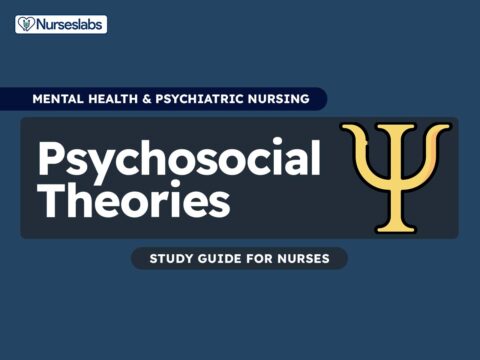


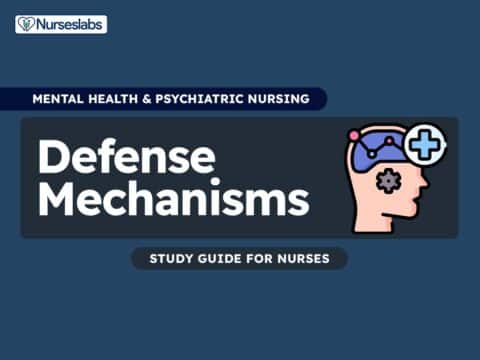

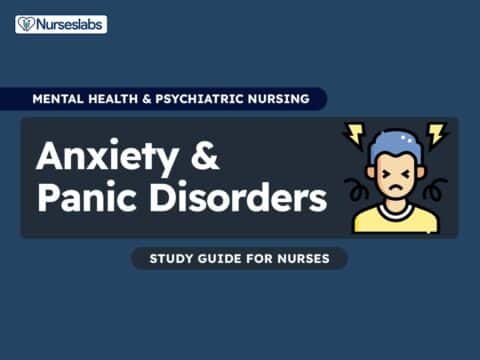
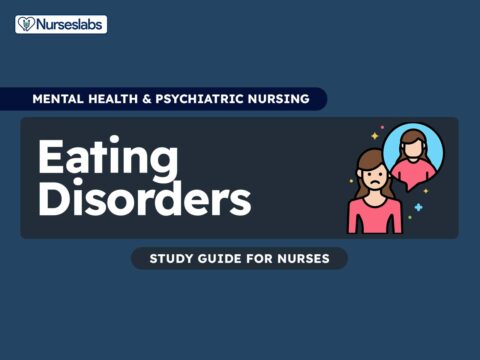

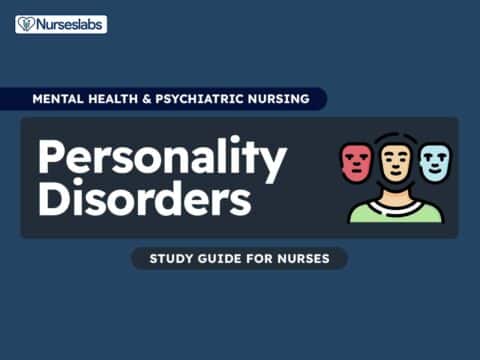

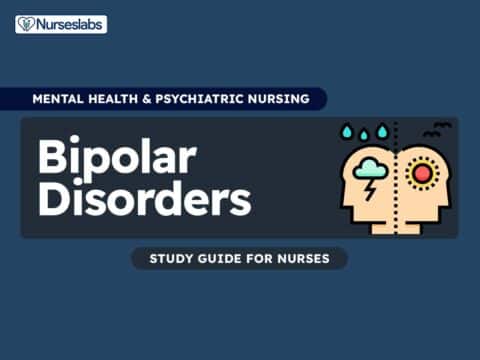
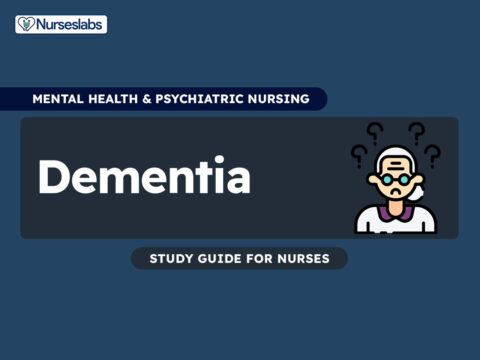



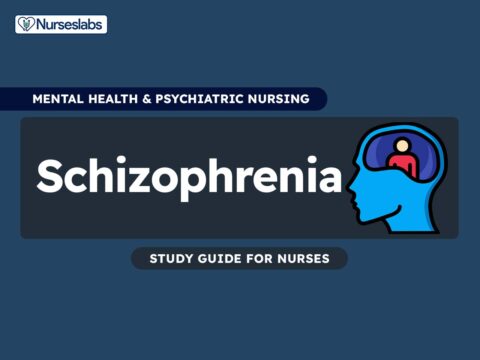
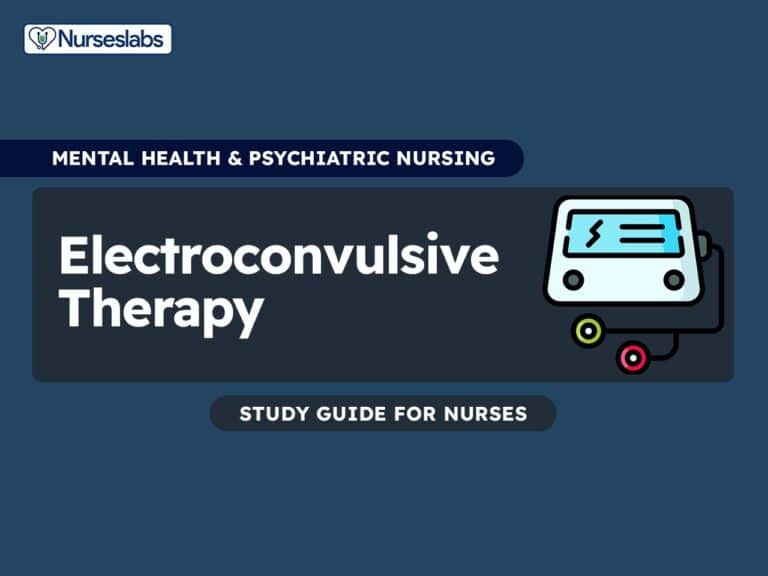

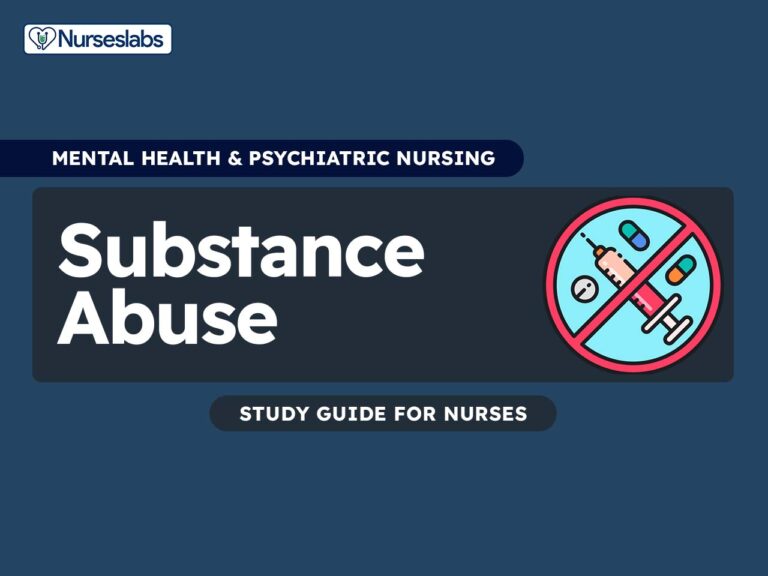
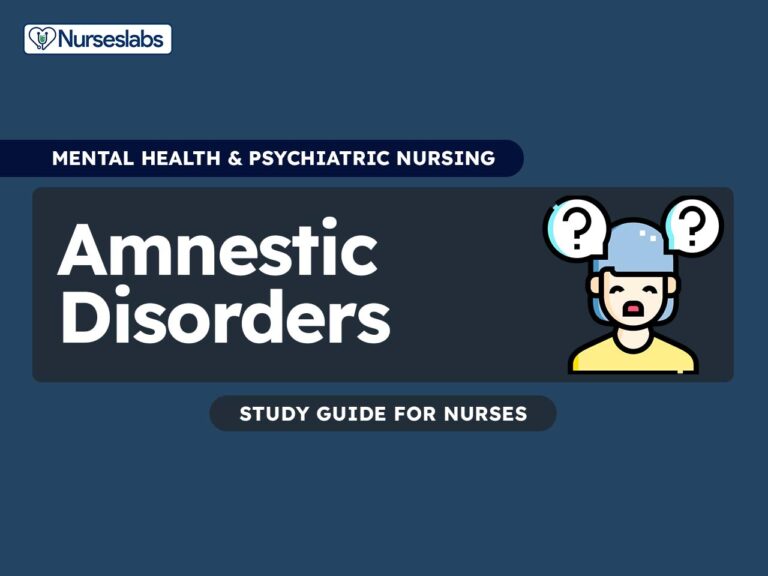
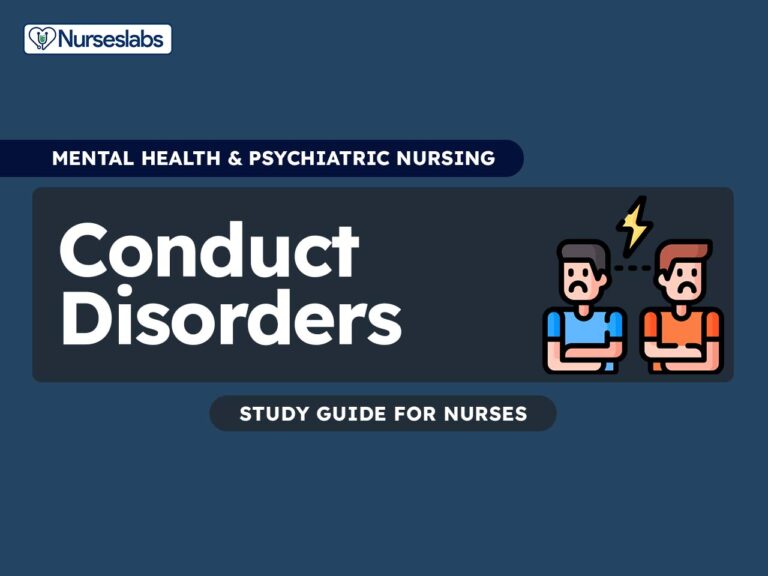
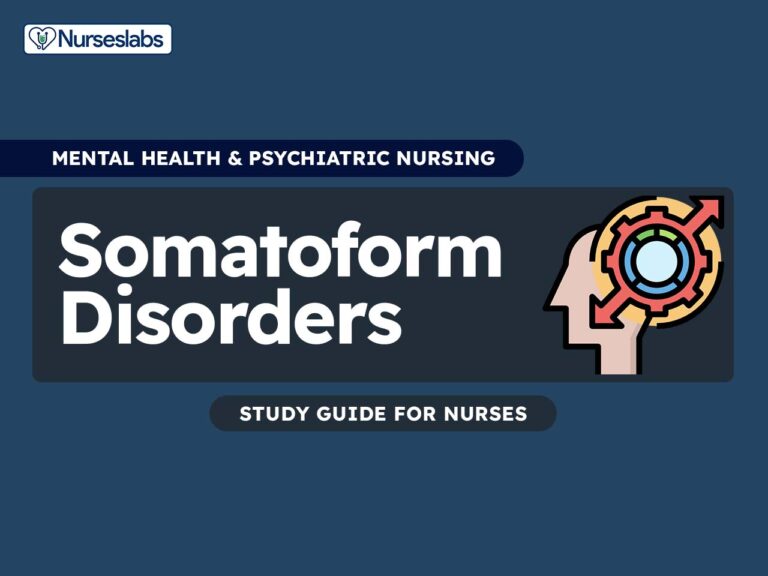
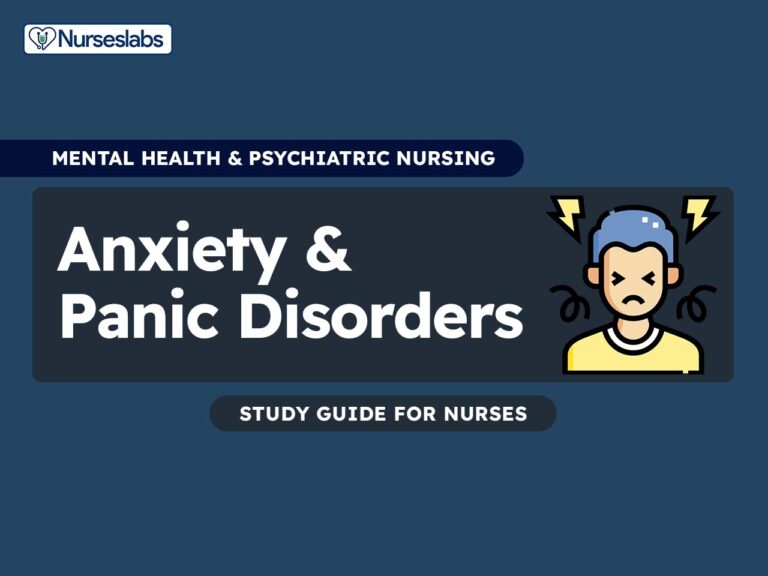
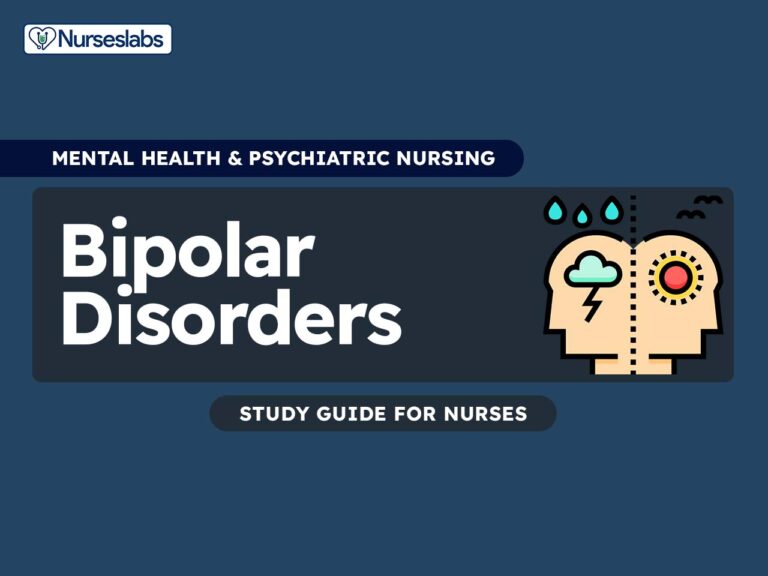

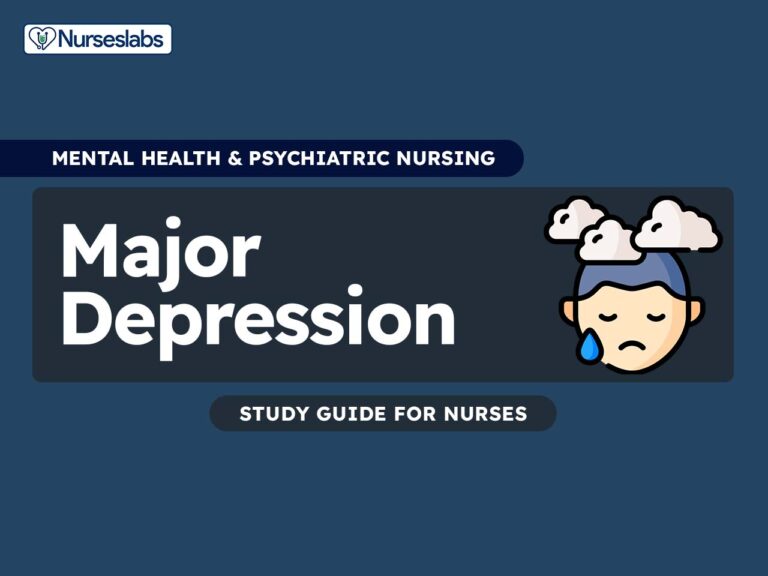
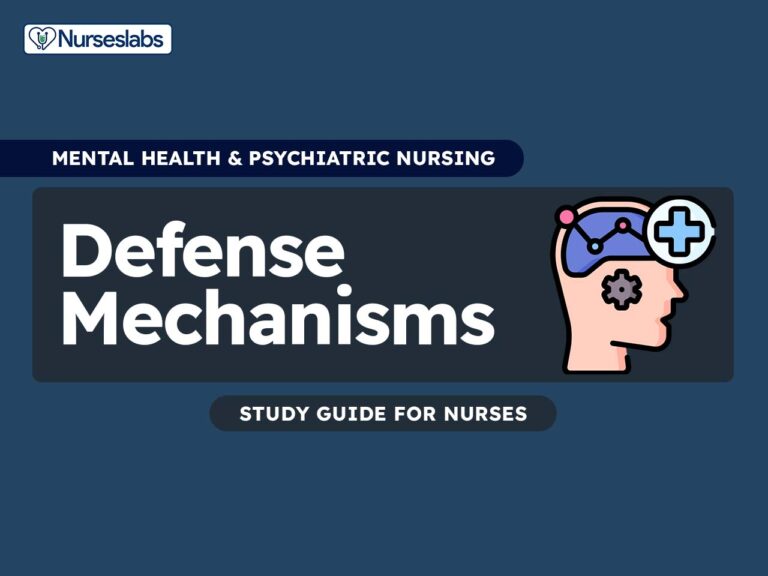

Leave a Comment